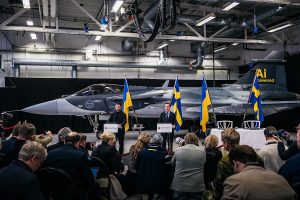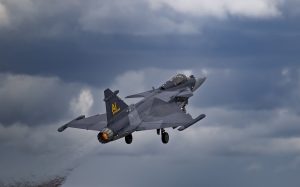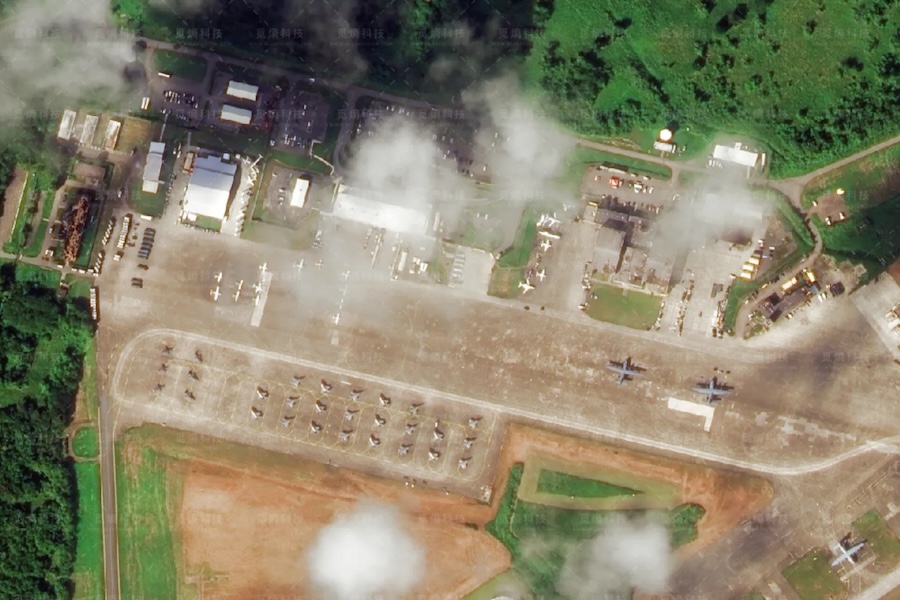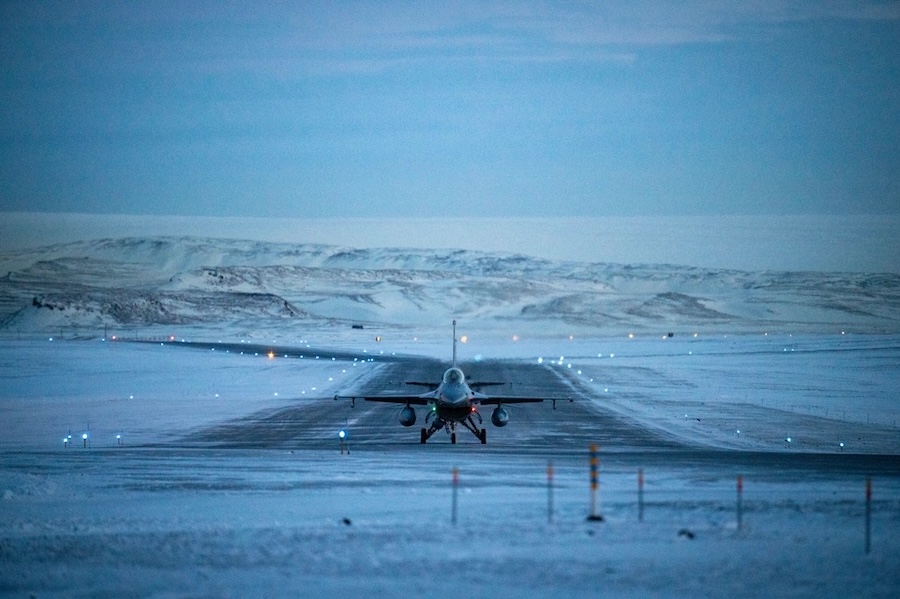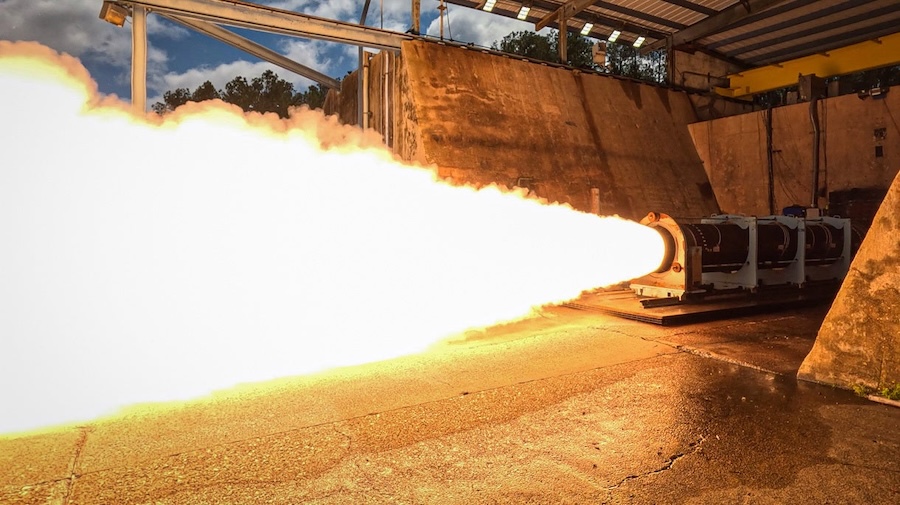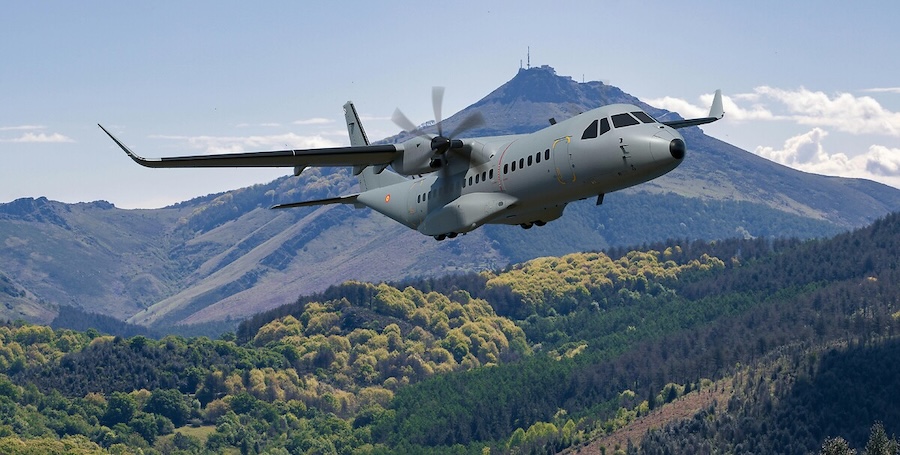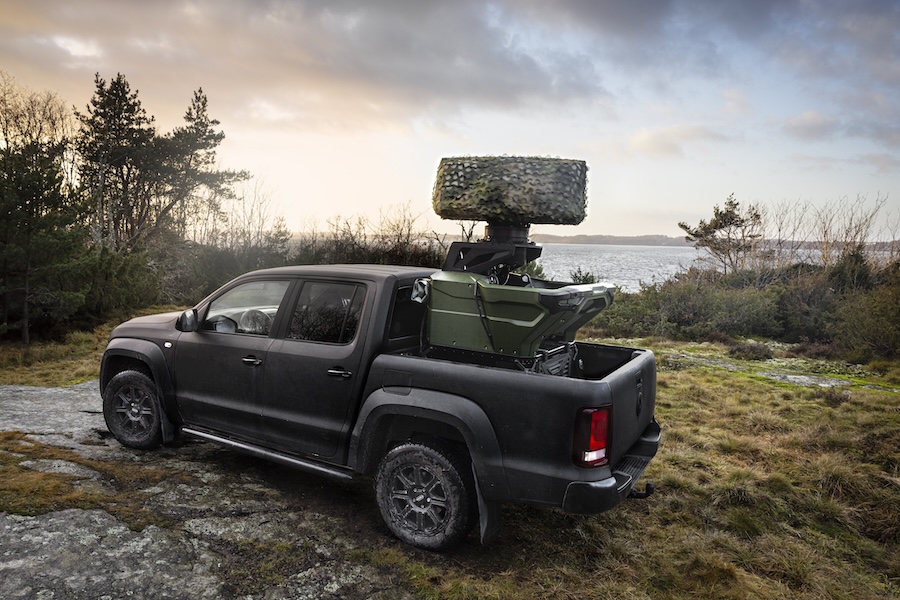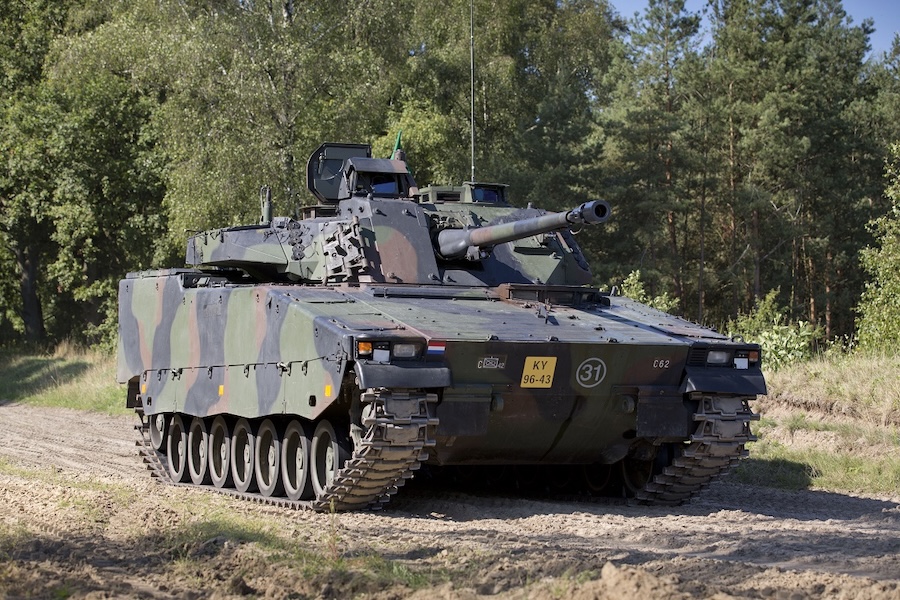The long-term cooperation agreement, signed in October, includes the potential export of the fourth-generation jets and aims to strengthen Ukraine’s air defences. Although the cost has not been disclosed, a recent sale of four Gripen aircraft to Thailand for 5.3 billion Swedish crowns ($563 million) has raised questions about Ukraine’s ability to finance such a large-scale purchase.
“It (the financing) is moving forward and we’re working closely with the Ukrainian side,” said Defence Minister Pål Jonson. He added that Kyiv’s post-war budget capacity would be key, but alternative financing routes are under consideration.
“We can look at export credits, the frozen Russian assets and our framework for Ukraine aid, which is 40 billion crowns next year and 40 billion in 2027,” Jonson said. Sweden has also presented the deal to a group of 16 European countries known as the “coalition of the willing,” which are focused on supporting Ukraine’s war efforts.
“It could be that countries who have subcomponents in the Gripen system may have extra incentives to help finance the deal,” Jonson said, pointing to the involvement of British-made components and engines from General Electric. Sweden is also lobbying other EU countries to use 200 billion euros in frozen Russian assets to further assist Ukraine.
Prime Minister Ulf Kristersson described the deal in October as “very realistic” but acknowledged that significant work remains before first deliveries could occur, likely in about three years. Saab, the manufacturer, has stated it can boost production to meet demand and is exploring cooperation with Ukraine, Canada and others to supplement its Swedish output and Brazilian assembly line.
Jonson made the comments as he hosted Ukrainian Prime Minister Denys Shmyhal in Stockholm. Analysts view Gripen as a cost-effective alternative to pricier fifth-generation jets such as the F-35.
Source: Reuters.







